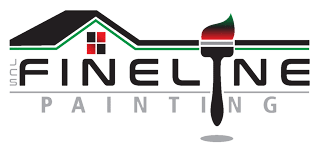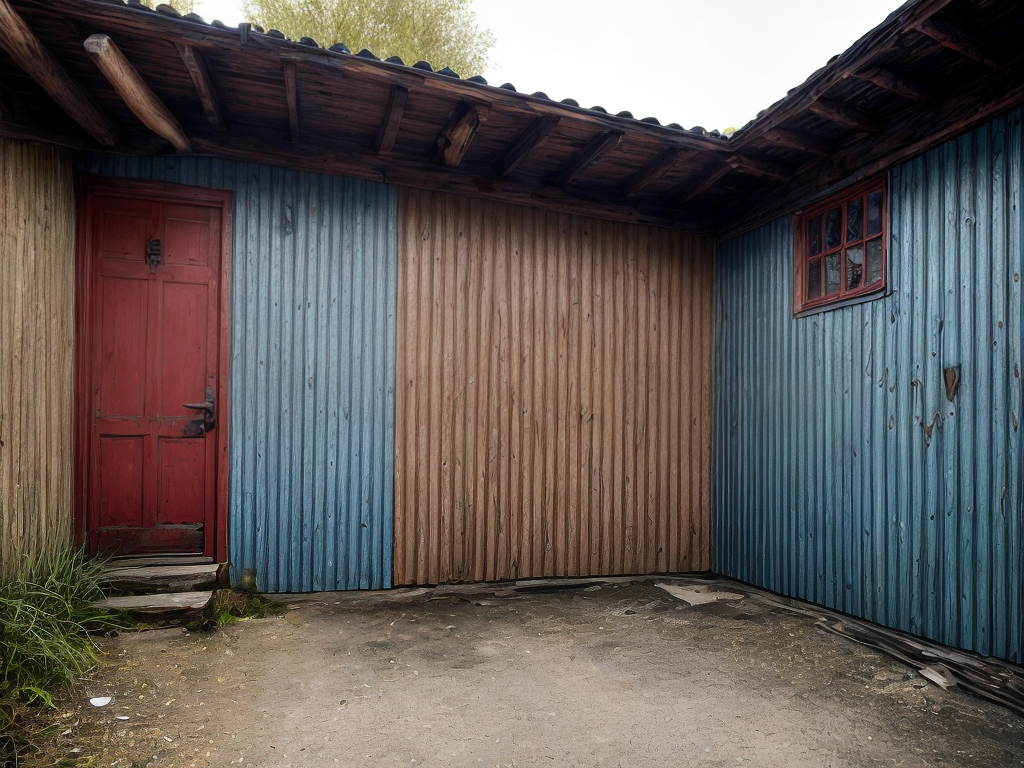When it comes to painting, having the right tools can make all the difference. Brushes, rollers, and sprayers are the unsung heroes of the trade, helping us create beautiful finishes and transform any space. Whether you’re a professional painter or a DIY enthusiast, understanding the benefits of each tool is essential. For example, brushes provide precise control and are perfect for smaller areas or intricate details. Rollers, on the other hand, cover large surfaces quickly and evenly. And sprayers offer a smooth and flawless finish, ideal for larger projects. In this guide, we’ll explore the different types of brushes, rollers, and sprayers, the advantages they offer, and how to choose the right tool for the job. Let’s get started!
Different Types of Brushes
I prefer using various types of brushes when I paint, as they allow for precise and controlled application of paint to different surfaces. When it comes to brushes, there are different types of bristles and sizes to consider. The bristles can be made of natural or synthetic materials, each with their own advantages. Natural bristles, such as hog hair, are great for oil-based paints as they hold the paint well and provide good coverage. On the other hand, synthetic bristles, like nylon or polyester, are better for water-based paints as they don’t absorb as much water and are easier to clean. As for sizes, brushes come in a range of sizes from small to large. Smaller brushes are ideal for detailed work and precise lines, while larger brushes are better for covering larger areas quickly.
Benefits of Using Rollers
One benefit of using rollers is that they provide efficient and even coverage when applying paint to larger surfaces. The advantages of using rollers go beyond just saving time. With their ability to hold more paint than brushes, rollers allow for a faster application process. This is particularly useful when painting large walls or ceilings. Additionally, rollers are great for achieving a smooth and uniform finish. By using the proper technique, which involves rolling in overlapping vertical or horizontal strokes, you can avoid streaks and lines on the painted surface. Another advantage is that rollers can reach areas that brushes may struggle to access, such as textured walls or uneven surfaces. Overall, rollers offer a practical and effective solution for painting larger areas, making them a valuable tool in any painter’s arsenal.
Advantages of Sprayers
Using a sprayer offers several advantages when it comes to painting larger surfaces. One of the main advantages of airless sprayers is their speed and efficiency. Unlike brushes or rollers, sprayers can cover large areas in a short amount of time, making them ideal for professional painters who need to complete projects quickly. Additionally, sprayers provide a more even and consistent coverage, resulting in a smoother finish. This is especially important when working on surfaces with texture or unevenness. Another advantage of sprayers is their versatility. They can be used for a wide range of coatings, including latex and oil-based paints, stains, varnishes, and sealers. When it comes to choosing the best sprayers for professional painters, factors such as power, durability, and ease of use should be considered.
Choosing the Right Tool for the Job
When it comes to selecting the appropriate tool for the job, it is crucial to consider the specific needs and requirements of the project at hand. The choice between paint brushes, sprayers, and rollers depends on various factors. Paint brushes offer precision and control, allowing for detailed work and touch-ups. They are also versatile and can be used on various surfaces. However, brushes may leave visible brush strokes and take longer to complete larger areas. On the other hand, sprayers are efficient for large projects, covering large areas quickly and evenly. They are ideal for smooth surfaces and can provide a professional finish. However, sprayers require more preparation and cleanup time, and they may create overspray. Rollers are a popular choice for walls and ceilings, offering good coverage and a consistent finish. They are easy to use and provide faster application than brushes. However, rollers may not be suitable for intricate details and can leave a texture on the surface. Ultimately, the decision between brushes, sprayers, and rollers depends on the specific project requirements, desired finish, and personal preference.
Maintenance Tips for Long-lasting Tools
To ensure the longevity of your tools, regularly perform maintenance tasks such as cleaning and proper storage. Cleaning techniques vary depending on the type of tool. For brushes, remove excess paint by scraping it off, then wash the bristles with warm soapy water. Rollers can be cleaned by soaking them in a bucket of warm, soapy water and then rinsing them thoroughly. Sprayers require a more detailed cleaning process, involving disassembling and flushing out the parts with clean water or solvent. After cleaning, it is important to store your tools properly. Brushes and rollers should be hung or stored upright to prevent the bristles or nap from getting distorted. Sprayers should be kept in a clean, dry place and protected from dust and moisture. By following these maintenance tips, your tools will last longer and perform better.
Conclusion
In the world of painting, brushes, rollers, and sprayers are the artists’ magical wands. They bring colors to life, transforming blank canvases into masterpieces. Like a symphony conductor, these tools orchestrate strokes of creativity, adding depth and complexity to each stroke. They are the unsung heroes that help us create beauty with every swipe and spray. So, whether you prefer the precision of a brush, the speed of a roller, or the versatility of a sprayer, choose your tool wisely and let your imagination take flight.




